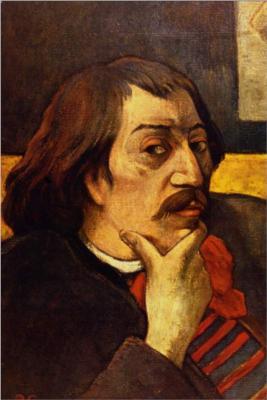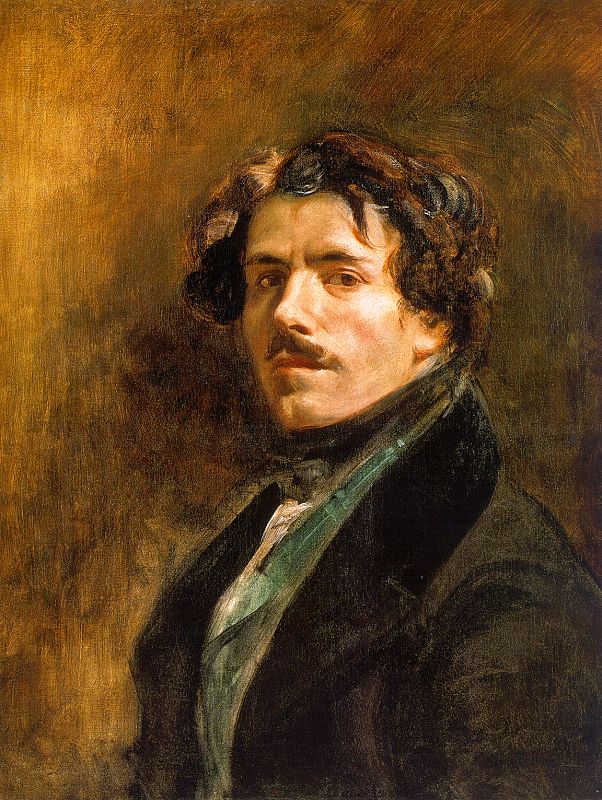This panorama painting painted by an unknown artist during the reign of the Xuande Emperor (1425–1435 AD), shows the emperor traveling on horseback with a large escort through the countryside from Beijing's Imperial City to the Ming Dynasty tombs. Beginning with Yongle, thirteen Ming emperors were buried in the Ming Tombs of present-day Changping District.
The
"Departure Herald", 26 m (85 ft) in length, from the Jiajing reign period (1522-1566 AD); the painting shows the emperor's large procession heading towards the imperial tombs of the Ming emperors located roughly 50 km north of the capital Beijing. This painting is usually paired with another panoramic painting called "Return Clearing", 31 m (98 ft) in length, which shows the emperor returning to the capital from the tombs by river boat.
Panorama of Departure Herald, painted in Ming Dynasty (1368-1644). 50% resolution. Note: scroll starts from the right.
References:
https://en.wikipedia.org/wiki/Chinese_painting




















 References:
References: References:
References: References:
References: References:
References: References:
References: References:
References: References:
References: References:
References:
 References:
References: References:
References: